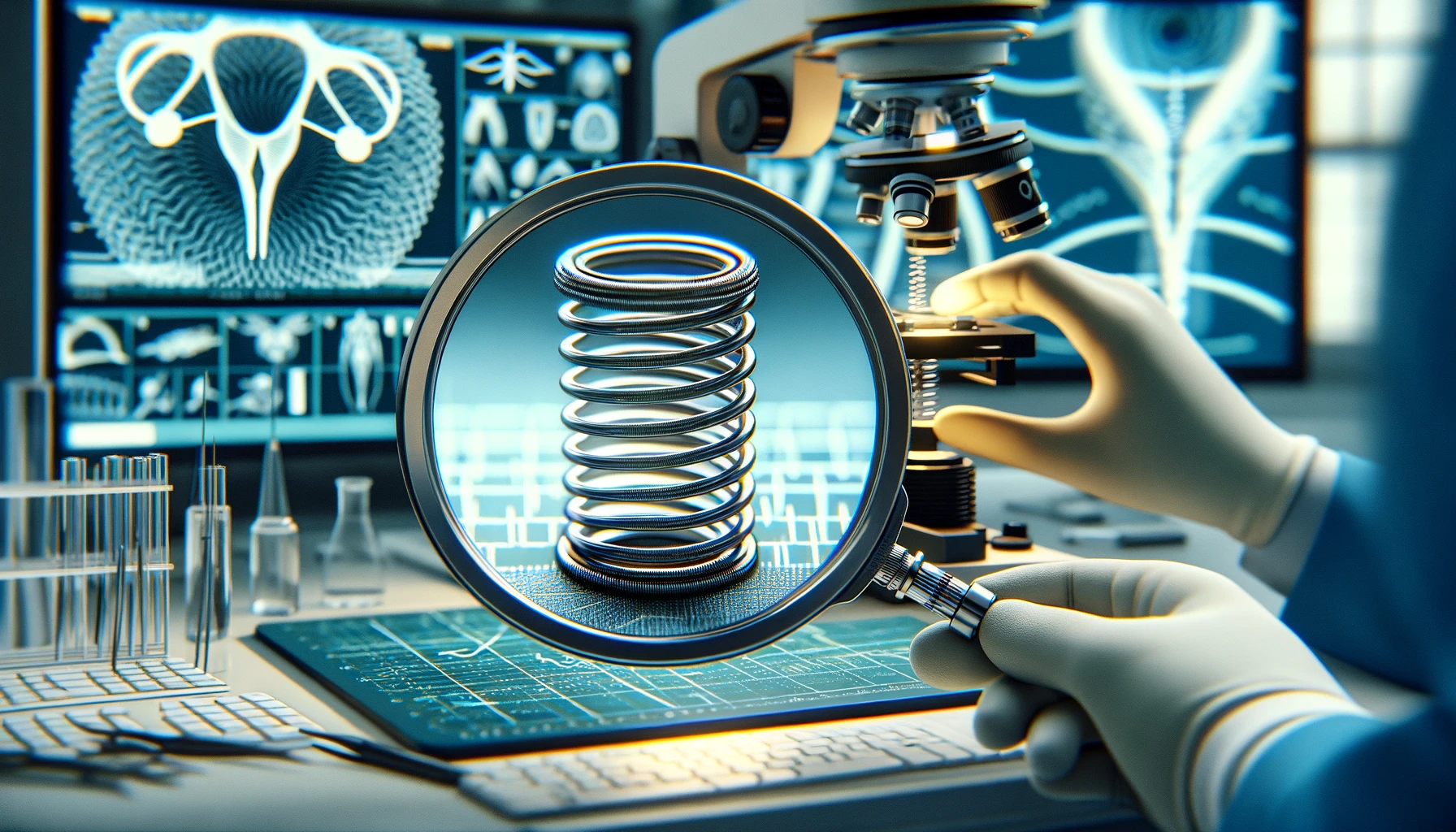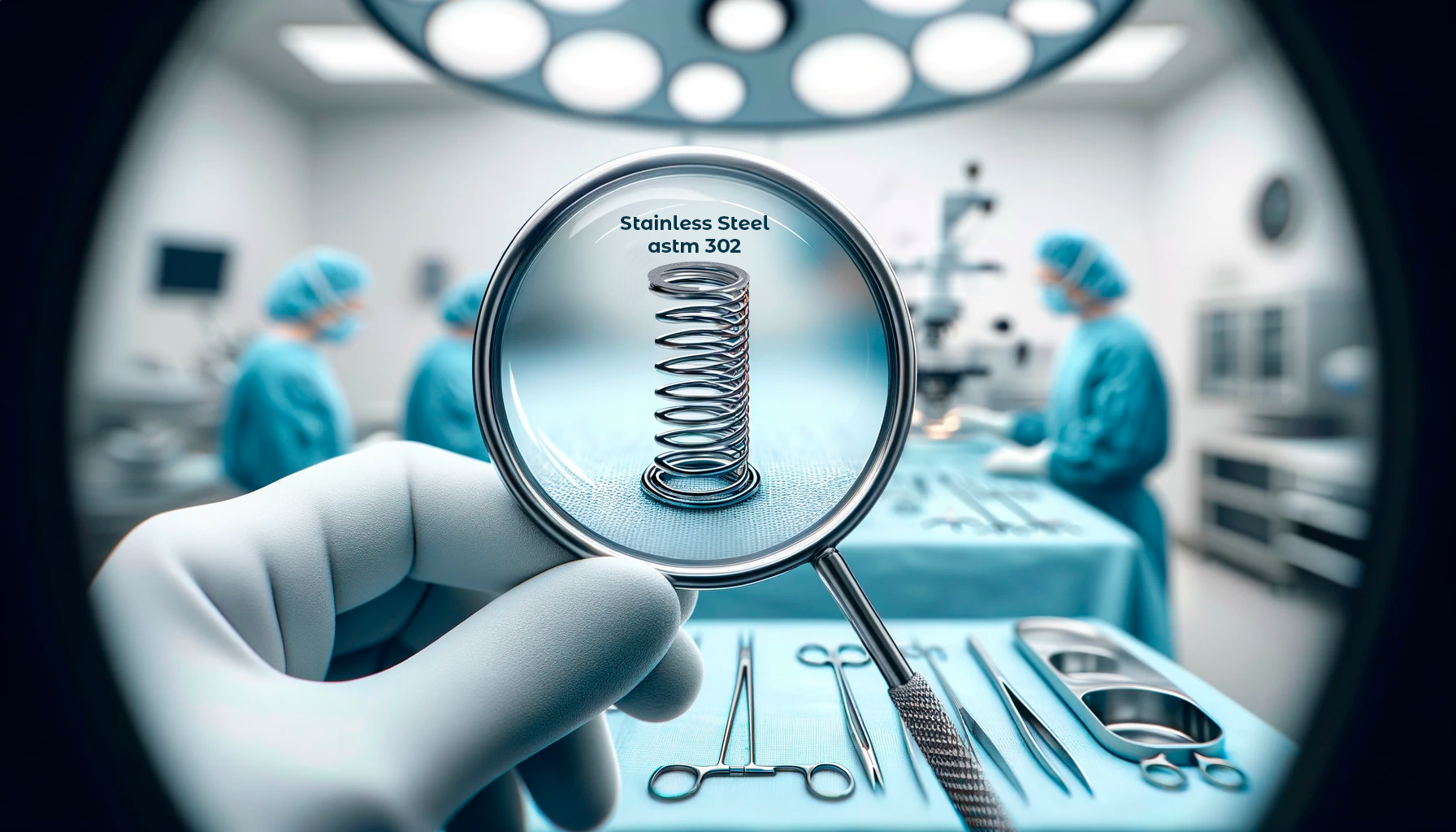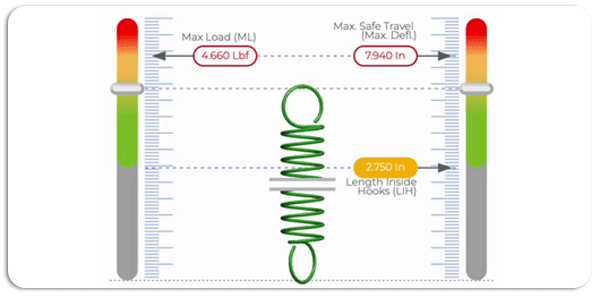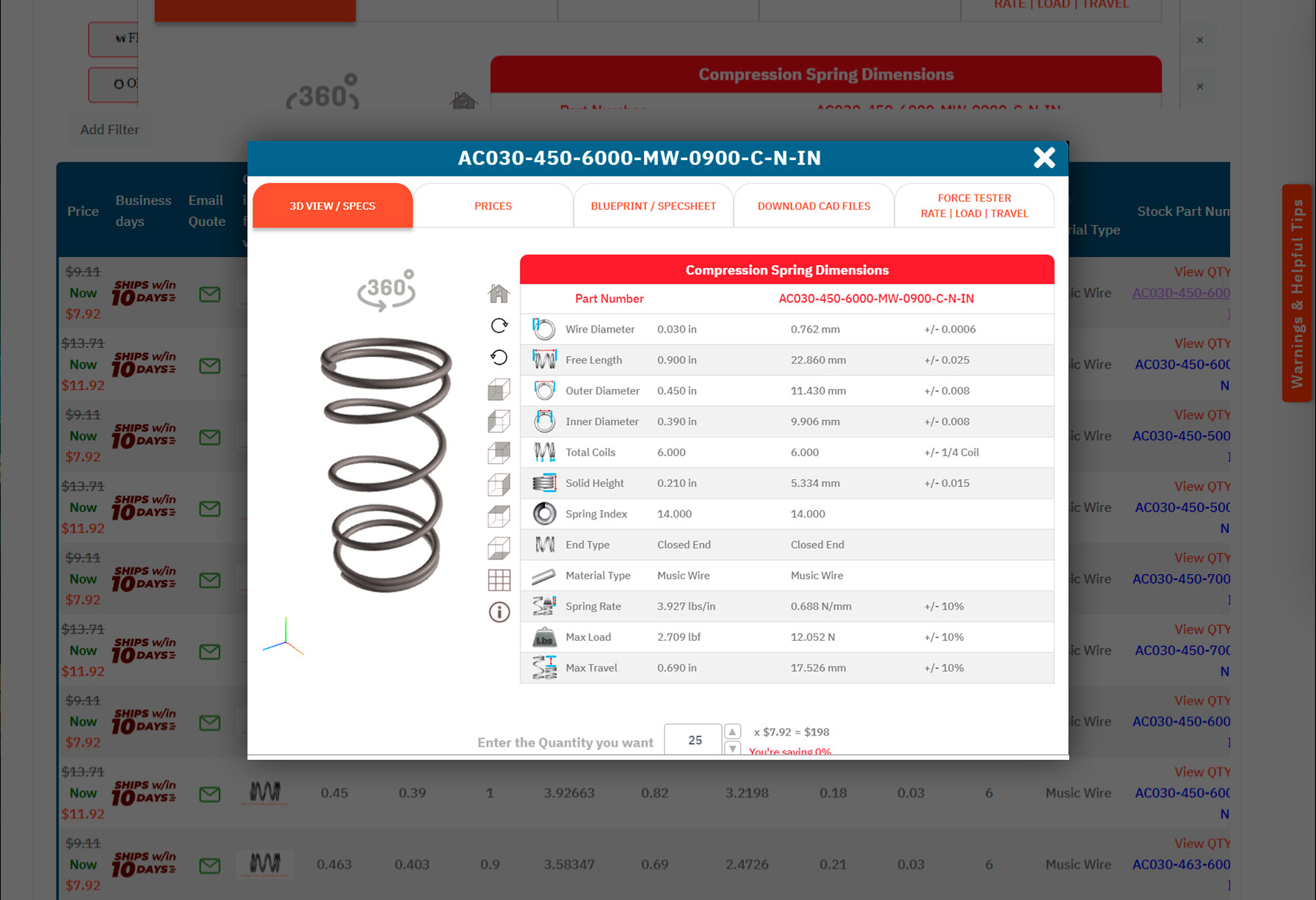The Engineering Behind Medical Springs: An In-depth Exploration of Design and Innovation
The Engineering Behind Medical Springs: An In-depth Exploration of Design and Innovation
The engineering of medical springs is a critical and intricate process in the medical device manufacturing industry, underpinning the functionality and reliability of a wide array of medical technologies. These springs, essential yet often overlooked, play vital roles across a broad spectrum of medical devices, from precision surgical instruments to life-sustaining implantable devices. This detailed exploration delves into the nuanced spring design challenges, showcases transformative case studies, and highlights the vital role of pioneering tools like Acxess Spring's Spring Creator 5.0 and Online Spring Force Tester in propelling medical spring innovation to new heights.
Complex Design Challenges
Achieving Precision and Reliability
The paramount challenge in medical spring design lies in attaining unparalleled precision and reliability. Medical springs must exhibit flawless performance under the rigorous demands of medical environments, where their failure could lead to dire consequences. This necessitates an exhaustive compression spring design and prototyping phase, underpinned by advanced engineering principles to ensure that these torsion springs can deliver consistent, reliable performance throughout their operational life. The challenge is magnified by the diversity of medical applications, each with its own set of stringent requirements for spring functionality.


Material Selection for Biocompatibility and Durability
Selecting the right material for medical springs is a balancing act of choosing a substance that is both highly durable and biocompatible. The material must not elicit any adverse biological reactions when in contact with the human body and must be able to endure repeated sterilization processes without deteriorating. The choice often falls on materials such as stainless steel astm 302 and 316 renowned for their durability, flexibility, and compatibility with the human body. However, each spring material poses unique challenges, including manufacturing complexity, cost implications, and the need for specialized handling and processing techniques to maintain their inherent properties.


Innovative Solutions Through Advanced Tools
Spring Creator 5.0
Spring Creator 5.0 revolutionizes the spring design process, providing an unparalleled level of precision and flexibility. This software tool enables engineers to meticulously tailor spring dimensions, material properties, and loading conditions, ensuring the development of extension springs that are perfectly optimized for their specific medical device applications. It facilitates a highly iterative design process, where engineers can quickly adjust and simulate various configurations, dramatically reducing the time and resources needed to arrive at the ideal spring design. Users can literally see their spring design come to life in a real time 360 degree 3D view.


Online Spring Force Tester
The Online Spring Force Tester complements the design capabilities of Spring Creator 5.0 by offering a robust platform for empirical testing of spring force characteristics. This tool is essential for validating the theoretical performance of springs, ensuring they meet the exacting loads of force required for medical applications. It enables real-time testing under simulated visual operational conditions, providing critical real time data like maximum spring load and maximum spring travel distance. The user can see in real time the spring compress or extend to its maximum force and maximum deflection, thereby streamlining the path from concept to final product.


Case Studies and Examples
Surgical Instruments
Surgical instruments, particularly those used in minimally invasive procedures, require springs that provide precise feedback and control. A notable case involved a leading manufacturer grappling with inconsistencies in the spring force of their biopsy tools. Leveraging Acxess Spring's Spring Creator 5.0, the company designed a custom torsion spring that delivered the exact force feedback necessary for precise tissue sampling. This innovation not only enhanced the tool's functionality but also significantly improved its reliability, showcasing the critical role of advanced custom spring design in surgical applications.
Implantable Devices
Implantable medical devices, such as drug-eluting stents, highlight the importance of material selection and precision in spring design. In one case study, the development of a spring based mechanism aimed to facilitate controlled medication release within a stent. Utilizing the Online Spring Force Tester, the manufacturer was able to ensure that the spring provided a consistent spring force over an extended period, a crucial factor for the stent’s therapeutic effectiveness. This example underscores the complexities of designing springs for implantable devices and the necessity of prior rigorous testing to validate their performance.
Overcoming Design Challenges
The journey from conceptual design to practical application is fraught with challenges, demanding not only a deep understanding of material science and mechanical engineering but also a commitment to precision and innovation. Advanced spring design and testing tools are instrumental in navigating these challenges, enabling the rapid iteration, simulation, and validation of spring designs. These tools facilitate customization, allowing engineers to fine-tune springs for specific medical applications, ensuring they meet the exacting standards of the medical industry.
Customization for Specific Applications
The customization of medical springs is crucial, as each medical device has unique requirements that demand springs with specific characteristics. Advanced tools like Spring Creator 5.0 enable engineers to explore various design configurations, materials, and force parameters, allowing for the development of springs that are precisely tailored to the application's needs. This level of customization is essential for medical devices, where the spring's performance can significantly impact the device's overall efficacy and patient safety.


Testing and Validation
The final and perhaps most critical stage in the design process is the testing and validation of medical springs. The Online Spring Force Tester plays a pivotal role in this phase, offering engineers a platform to conduct exhaustive tests under conditions that closely mimic real-world applications. This testing ensures that the springs can endure the demands of medical environments, providing reliable performance that contributes to the success of the medical device. Rigorous testing and validation are indispensable for ensuring that medical springs meet the high standards of safety, reliability, and performance required by the medical industry.
Conclusion
The engineering of medical springs is a testament to the symbiosis of innovation, precision engineering, and rigorous testing. As medical technologies continue to evolve, the challenges of designing and manufacturing springs that meet the industry's stringent requirements become increasingly complex. Tools like Acxess Spring's Spring Creator 5.0 and Online Spring Force Tester are invaluable assets in this endeavor, providing the capabilities needed to design, test, and refine medical springs. By leveraging these advanced tools, manufacturers can continue to innovate, ensuring that each spring contributes to the advancement of medical care, enhancing the safety and effectiveness of medical devices.





